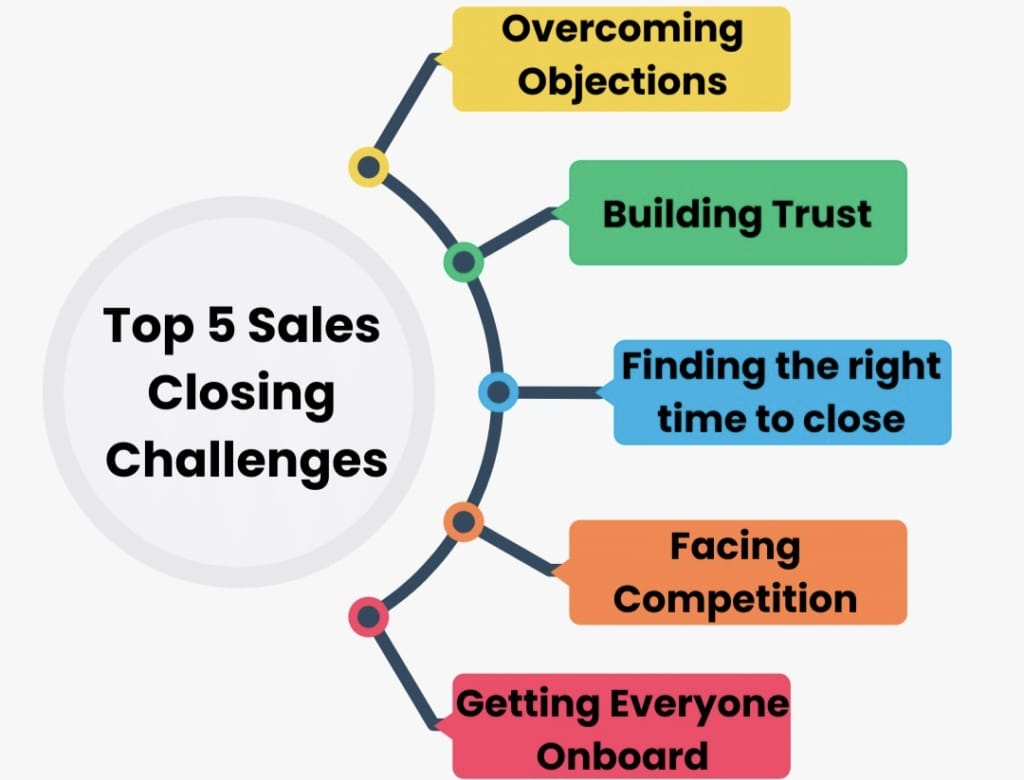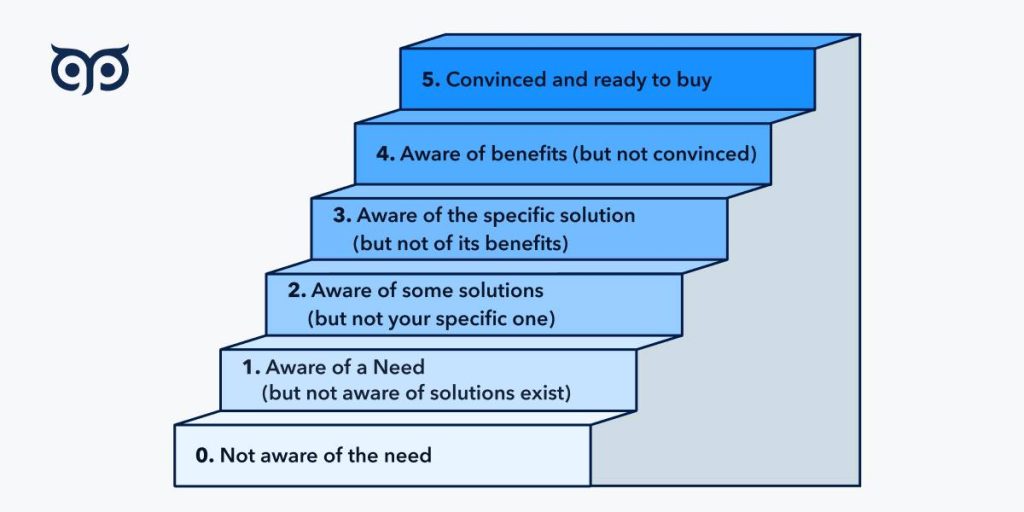Closing a sale is a critical step in the sales process, and it involves prompting potential customers to make a decision to purchase. The ability to close a sale effectively can often determine the success of a salesperson and, ultimately, the business. It is not merely about completing a transaction; it’s about guiding prospects toward a decision that’s in their best interest. There are numerous techniques and approaches to closing a sale, each tailored to suit the nature of the product or service being sold, as well as the specific preferences and behaviors of potential customers. Here is a more detailed examination of some concepts and techniques for successfully closing a sale:

Assumptive Close
In this approach, the salesperson operates under the assumption that the prospect has already made the decision to proceed with the purchase. This method can create a smooth transition into finalizing the transaction and makes it easier for the customer to commit.
Example: “When would you like us to schedule your first delivery? Next week or the week after?” This simple yet effective question encourages the buyer to take the next step and think about when they would like to start receiving the product or service.
Alternative Choice Close
Instead of posing a straightforward yes/no question, the salesperson provides the customer with two or more enticing options to choose from. This strategy helps nudge the customer toward a decision while also giving them a sense of control over the selection process.
Example: “Would you prefer the standard package or the premium package that includes additional services?” By offering a choice, the salesperson not only keeps the conversation going but also guides the customer toward committing to a purchase.

Urgency Close
Creating an atmosphere of urgency can be a powerful motivator, prompting the buyer to act swiftly to avoid missing out on an opportunity or promotion.
Example: “This promotion ends at the end of the week. If you sign up today, you’ll receive an additional 20% off your first month.” This approach leverages time-sensitive offers to increase the perceived value of making a quick decision.
Summary Close
This technique involves reiterating the key benefits and features of the product or service before directly asking for the customer’s commitment. Summarizing compelling reasons to buy can reinforce the decision-making process for the potential buyer.
Example: “To recap, you’ll receive all these benefits: increased efficiency, lower costs, and excellent customer support. Are you ready to move forward?” This reinforces the value proposition and clarifies any lingering doubts the customer may have.

Direct Close
The direct close is characterized by transparency and straightforwardness—an approach where the salesperson directly requests the sale.
Example: “Are you ready to make the purchase today?” While it may seem bold, this technique works effectively when the salesperson has already established rapport and trust with the customer.
Trial Close
This technique operates as a litmus test for the customer’s readiness to move forward with the sale, allowing the salesperson to gauge interest without overtly asking for the purchase.
Example: “How do you feel about the pricing we discussed? Does it fit within your budget?” This kind of question opens up dialogue, offering the salesperson insights into any hesitations the prospect may have.

Testimonial Close
Using real-life testimonials or case studies can help enhance trust and credibility, often easing the decision-making process for the customer.
Example: “Many of our clients have seen a 50% increase in efficiency using our product, just like [Client Name]. Would you like to achieve similar results?” Citing success stories can be compelling, allowing potential buyers to envision their success.
Columbo Close
This unique technique involves posing one last seemingly casual question after finishing the main pitch, often catching the customer’s attention and prompting them to reconsider.
Example: “Oh, one more thing I forgot to mention—our product includes a free trial period. Would that make a difference for you?” This unexpected addition can sometimes be the tipping point that sways a decision in favor of closing the sale.

Closing a sale successfully often requires a strategic blend of these techniques, as well as a deep understanding of the customer’s specific needs and preferences. It’s essential to remain observant and adaptable, reading the situation carefully to tailor your approach accordingly throughout the interaction. Additionally, building rapport and establishing a foundation of trust throughout the sales process are vital components that significantly enhance your chances of closing effectively. By cultivating genuine relationships and understanding the buyer’s perspective, sales professionals can create a more favorable environment for transactions and foster lasting customer loyalty.
https://www.linkedin.com/in/satish-kakri-17224417
https://nimblefoundation.org/
https://nimblefoundation.org/our-clients.html
Thanks for reading.